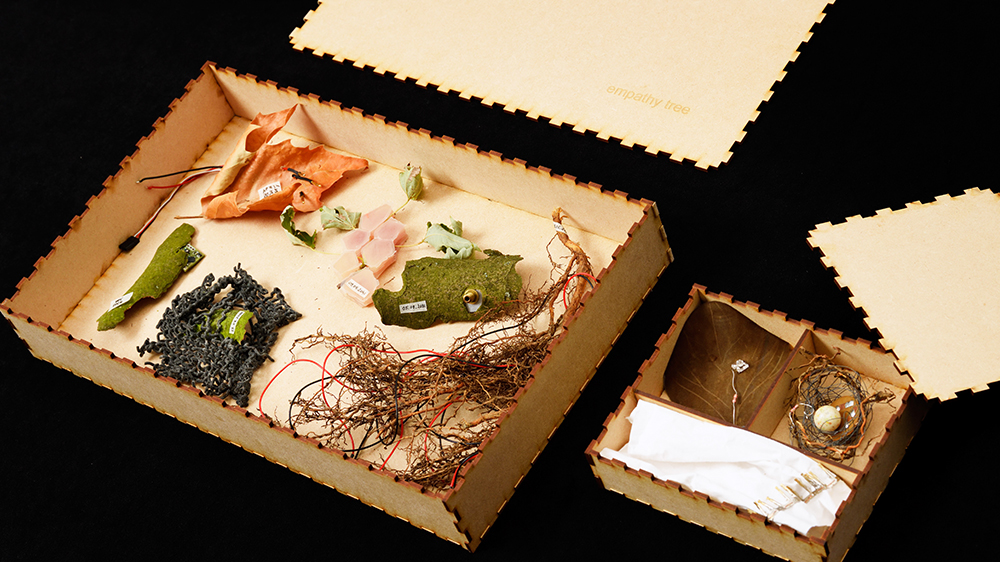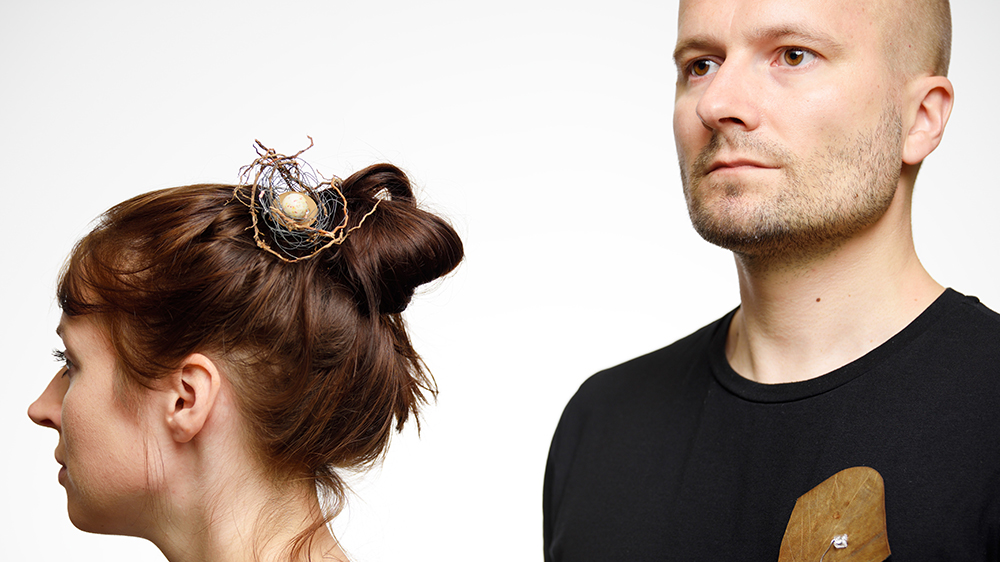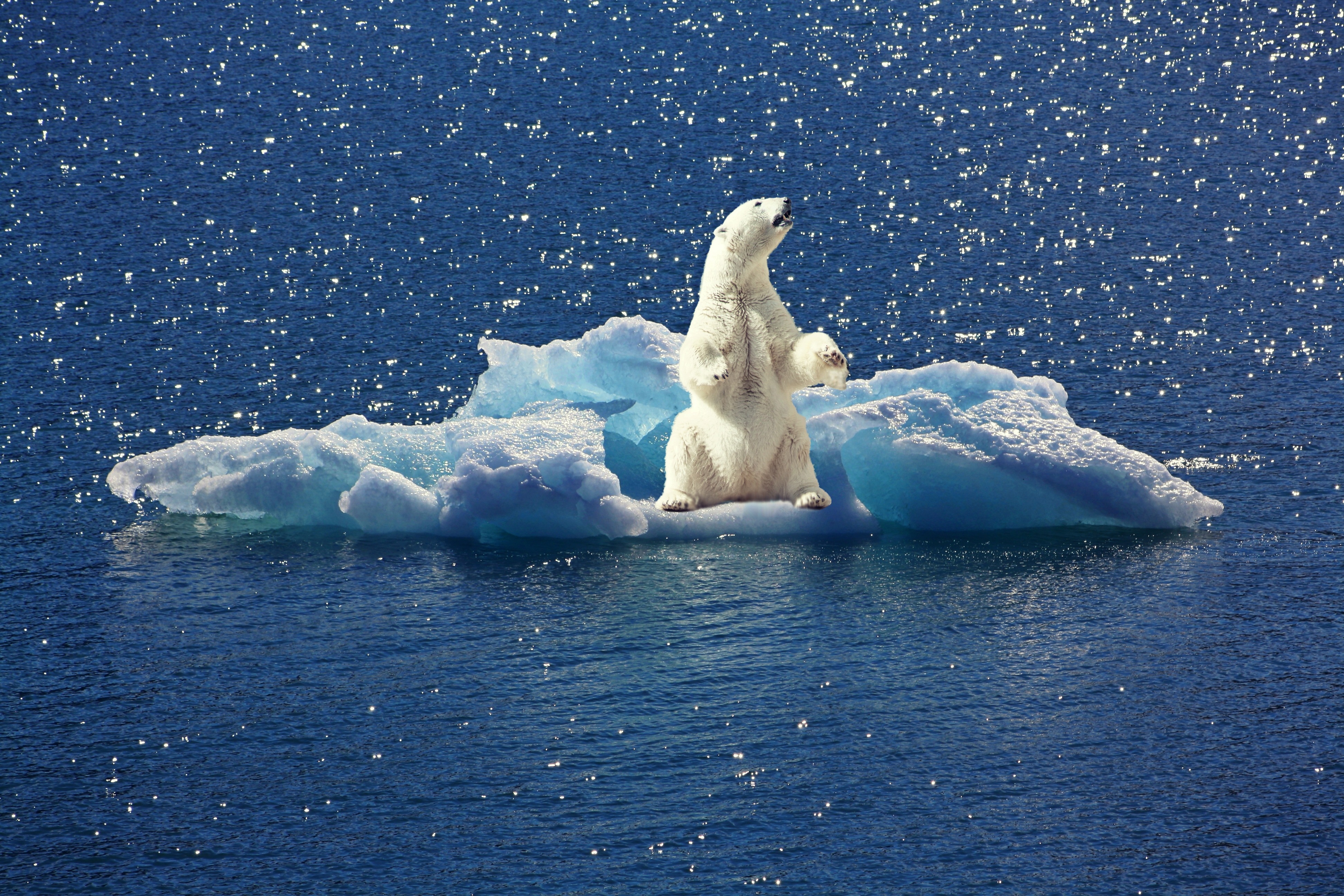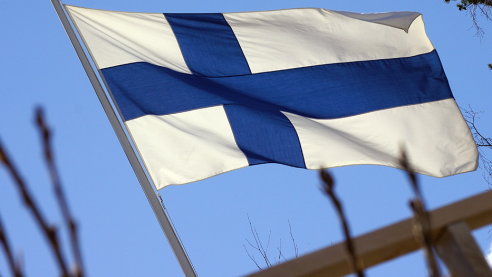In July 2017, we took part in a workshop arranged by the Everyday Futures Network at the Industrial Design Department of Eindhoven University of Technology in the Netherlands. The workshop brought together academics and designers from various disciplines to explore how ‘thinking through making’ might allow us to investigate potential future ways of life that are more responsive to contemporary social and environmental challenges.
 Empathy Tree: a memory box (left) and bio-sensing jewellery (right). Photo by Bart van Overbeeke.
Empathy Tree: a memory box (left) and bio-sensing jewellery (right). Photo by Bart van Overbeeke.
The participants collaborated on a series of ‘prototypes’ to give a material shape to particular questions about the future. A prototype refers to an early version of an artefact that enables an examination of its creative possibilities. When thinking with prototypes, one needs to resist the urge to complete them and instead deploy these objects to generate new ideas through a continuous process of rearranging their components and features.
We developed a prototype called Empathy Tree, which invites people to plant and care for a tree as well as tell stories about its growth over time. The prototype consists of two boxes, one for jewellery and the other for memories. The jewellery contains bio-sensing devices and can be placed anywhere on the body, where it produces haptic and sonic effects based on the signals it receives from sensors attached to the tree, which are in turn responding to chemical processes, moisture levels and other phenomena related to plant growth.
The purpose of our prototype was not to solve technical issues, but rather to enable speculation around the futures of environmental care. We began by asking ourselves how far we might stretch the notion of empathy beyond its conventional meaning as an emotion shared by human beings to envision forms of care that would entangle people and environments in new ways. At the same time, we were wondering how we might frame empathy as an acquired sensibility in need of ongoing effort and cultivation.
These ideas took shape as we were exploring whether different synthetic and organic materials, such as electronic components and twigs, bark and leaves from nearby trees, could be conjoined in a wearable artefact. It was the aesthetic experience of investigating these materials and their properties that caused us to think about jewellery, which is not only worn close to the body but also circulated among people and across generations.
We developed a prototype called Empathy Tree, which invites people to plant and care for a tree as well as tell stories about its growth over time.
We therefore continued to experiment with different pieces of jewellery and created plywood boxes as display cases. We asked, for instance, whether removing the capacity of the devices to store sensor readings in a digital format would encourage users to invent new styles of documenting and conveying ‘tree stories’. The boxes could, among other things, facilitate creative memory work by inviting users to collect and curate objects that illuminate human-tree entanglements, such as obsolete sensors attached to exfoliated bark.
 Bio-sensing jewellery: headpiece (left) and brooch (right). Photo by Bart van Overbeeke.
Bio-sensing jewellery: headpiece (left) and brooch (right). Photo by Bart van Overbeeke.
Over time, the users of Empathy Tree will have become receptive to haptic and sonic signals from the sensors. Some of these signals lend themselves to interpretation, while others are indecipherable, reminding wearers that there is always more to know and care about in the changing environment, requiring constant reattunement and empathic work.
Our prototype serves as an example of research that draws on design and geography to enquire into environmental futures. Such ‘thinking through making’ can be demanding, because the method of finding out about a thing, the thing itself and the concepts employed to interpret the thing emerge at the same time. This introduces a strong sense of fragility and unpredictability into the process, but also genuine moments of discovery, where one can glimpse alternative geographies and ways of making these more tangible.
Kim Kullman is a Lecturer in Geography and has recently worked on the new module ‘Environment and Society’ (DD213). Vidmina Stasiulyte is a fashion designer and audio-visual artist based in the Design Department at the University of Borås in Sweden.




Rate and Review
Rate this article
Review this article
Log into OpenLearn to leave reviews and join in the conversation.
Article reviews